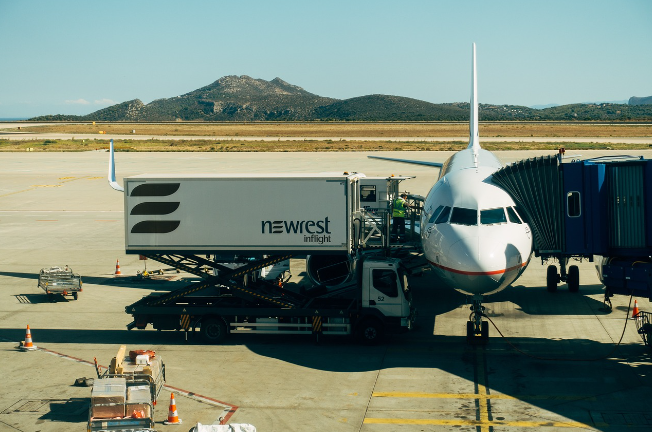Transportation of goods requires careful organization of many issues. In addition to carefully packing the items in question, determining where to pick up and deliver the shipment, or choosing a mode of transportation, you also need to complete the necessary documents. One of the most important is the waybill. What types of this document apply to air transportation?
What is a waybill?
A waybill is a special document that is issued by the cargo carrier in connection with the acceptance of goods for transport. Most often it is drawn up jointly by the carrier and the shipper. This document contains key information for transport about the shipper, consignee and the entity acting as carrier. This makes it possible to efficiently identify the shipment and secure it in case of problems such as loss, damage, etc.
The waybill is most often issued in four copies. The original is for the consignee, and the other copies – the back, the cedula and the duplicate – go in turn to the shipper, the receipt and the sender as a copy. The waybill is often needed during customs clearance.
Air waybills – what is worth knowing?
An air waybill, or AWB (Air Waybill), is a type of document that certifies the conclusion of a contract between an air carrier and the acceptance of a given cargo for carriage. Based on it, the carrier is to deliver the shipment to the consignee. This document is most often drawn up in three copies: for the consignee of the goods, the shipper and the carrier.
The bill of lading must include such data as the designation of the carrier, shipper, airplane and consignee, issues of fees, determination of the type of cargo, its dimensions and monetary value, information on the condition and method of packaging of the shipment, the place of loading and unloading, or instructions for customs operations. The document must also include the date and place of issuance of the letter, data on the number of copies of the document or the necessary signatures of those involved in the entire operation.
Types of air waybills
Each AWB letter bears a number consisting of 11 digits, the first three of which denote the carrier. Air waybills can be divided into two groups. S These are HAWB (House Air Waybill) and MAWB (Master Air Waybill) documents.
HAWB waybills are for consolidated shipments and contain an inventory of products and freight cost data. They are documents issued to the exporter by the freight forwarder. MAWB waybills are for consolidated parcels, which are shipped to one common destination. The document contains detailed conditions of carriage. In this case, the waybill is issued by the carrier. Thus, this means that the forwarder also becomes the shipper for the transport in question.
